Many of you mentioned our recent survey that learning which cards to open is great, but you need some help with the back end. Over the course of the next few weeks and months, I’ll add a new basic tip that you can reference back on our website to ensure you’re equipped to travel and hack your way across the world.
This week I’ll start with some super basic terms, so you can understand when I’m blabbering.
Miles: These are the basic currency of travel hacking. Most airlines, hotels, and credit card companies have their own currencies earned by spending money. The terms points and miles are used interchangeably, but points can mean something different.
Loyalty Points: It’s an important, if confusing, difference between loyalty points and miles. Miles are used to get free or discounted stays. Loyalty points are a measure of your status with a brand. For example, I might have 100,000 American Airlines miles that I can use to purchase flights, but I have 40,000 Loyalty Points that earn me Gold Status, free upgrades, lounge access, etc.
Co-Branded Credit Cards: These are credit cards tied to a specific airline or hotel brand, like Hilton, Hyatt, Delta, American, or British Airways. Points earned on these cards can only be used for travel booked through the brand. I.e., Delta SkyMiles can’t be used on American Airlines, only Delta. This rule has some exceptions, but I’ll explain those another day.
General Travel Credit Cards: These are credit cards typically released by larger companies like Amex, Chase, Capital One, or Discover. They’re not tied to a specific airline or hotel brand. Points earned on these cards can be used to purchase travel on each company’s travel portal or transferred to a partner. This transferability makes general cards more powerful than co-branded credit cards.
Transfer Partners: General credit cards form agreements with airlines and hotel brands to allow cardholders to transfer points to their respective partners. For example, you could transfer American Express points to Delta and use those to purchase a reward flight. Generally, these transfers only go one way. Transferring points to partners can maximize the value of your points.
Credit Card Travel Portals: When I mention portals, I’m usually talking about the general credit card travel pages. Amex, Chase, and Capital One all let you book flights, hotels, car rentals, and other travelly things on their websites, not unlike Expedia or Booking.com. You can use cash to purchase travel here (usually for high points returns) or use your rewards (usually for their lowest yield).


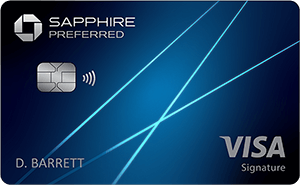
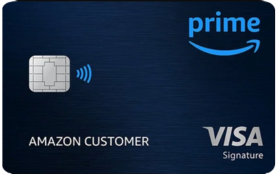
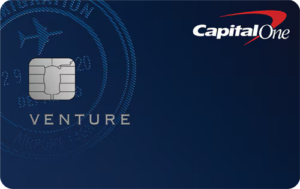
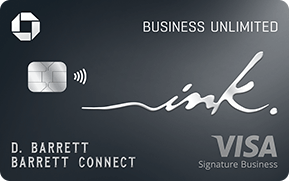
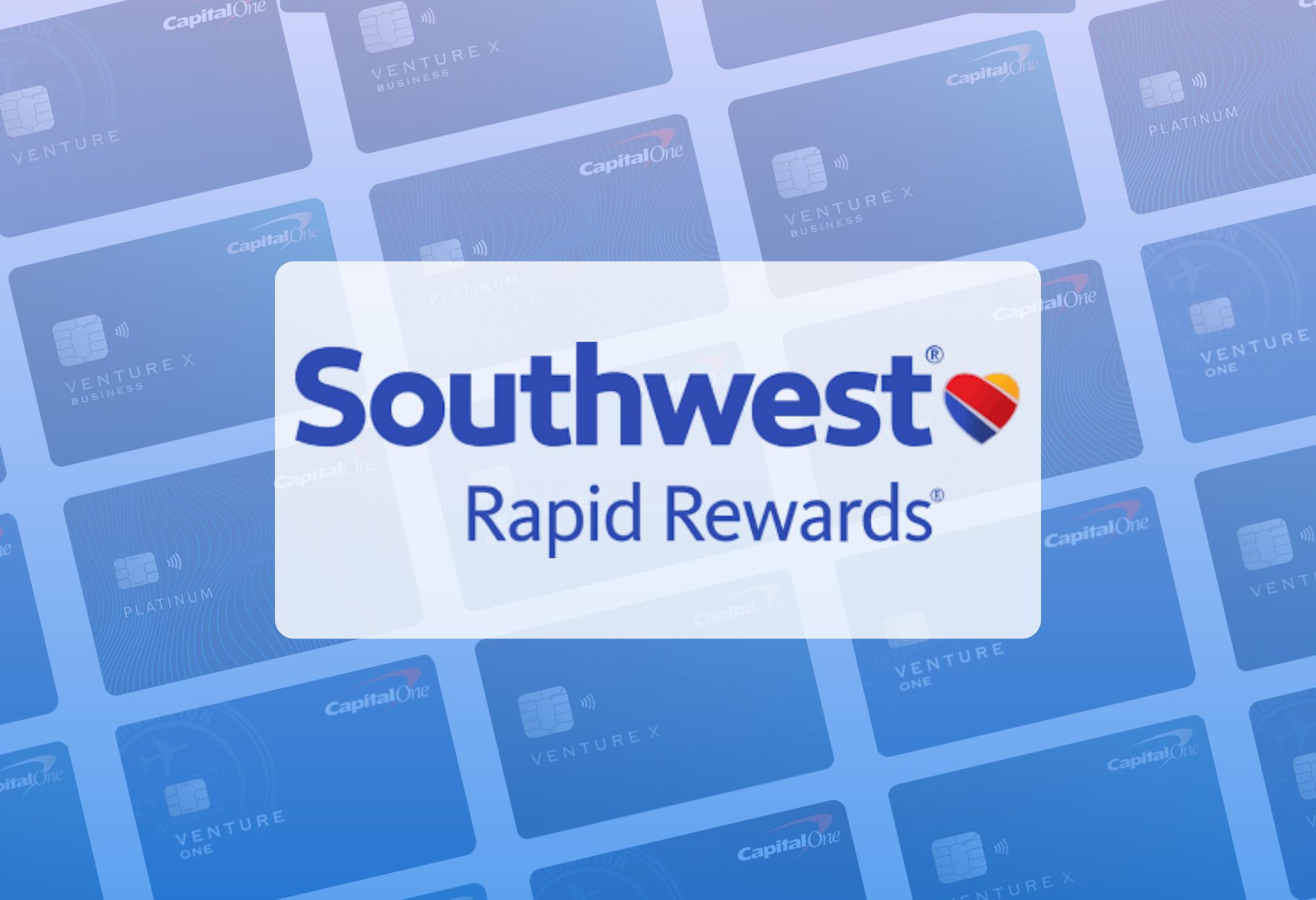
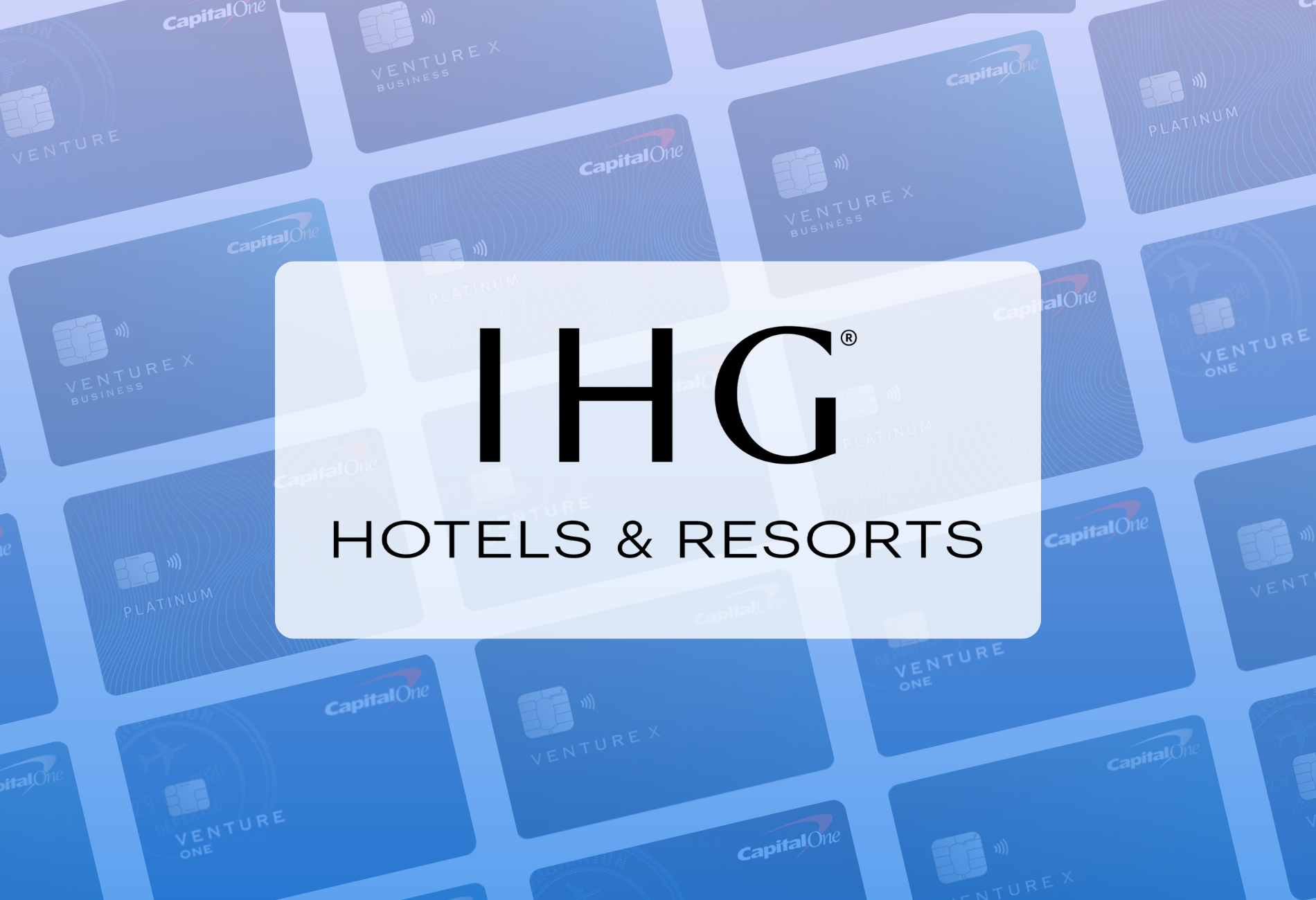

 by your friends at The Daily Navigator
by your friends at The Daily Navigator



